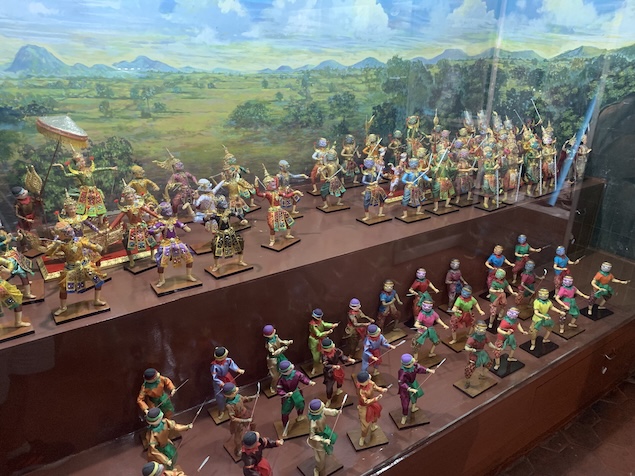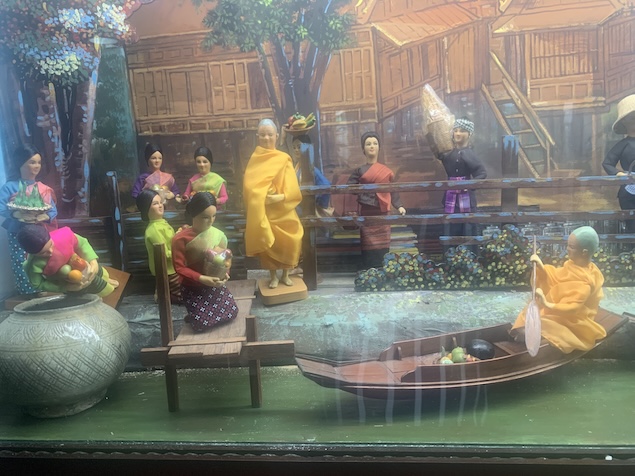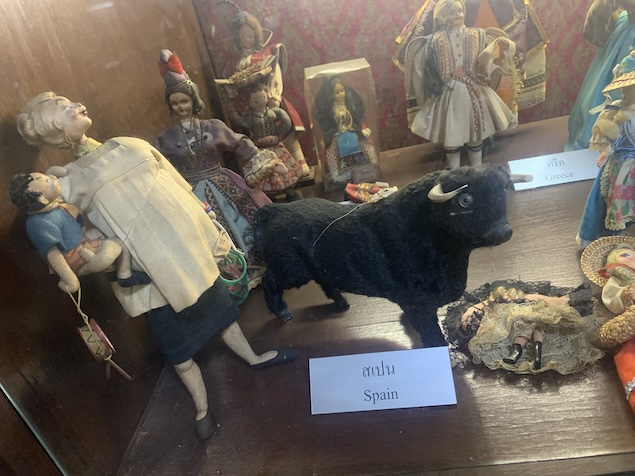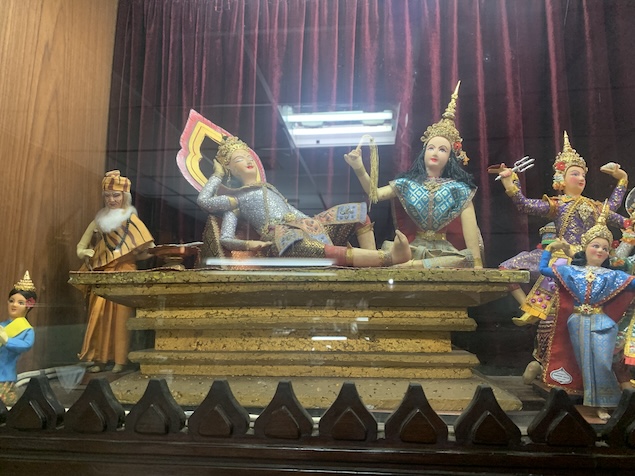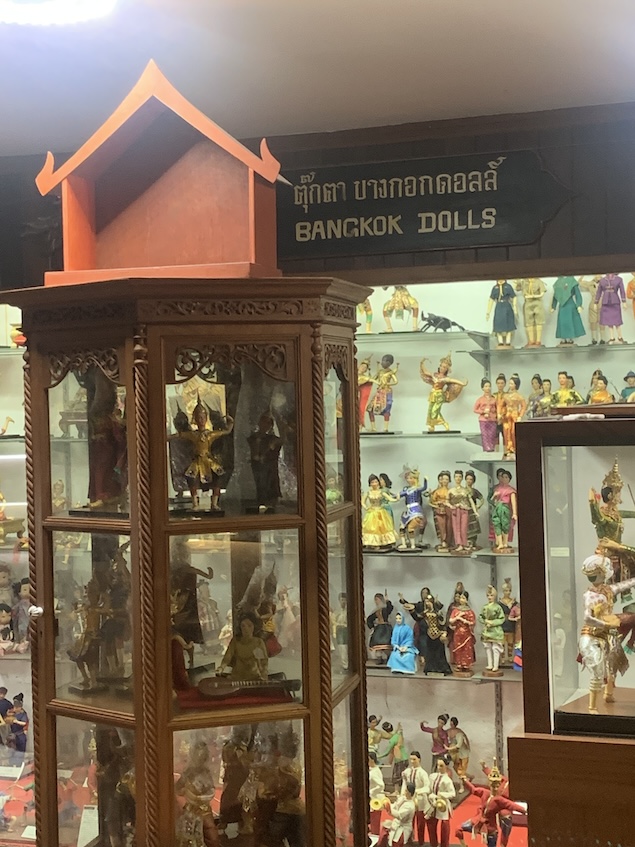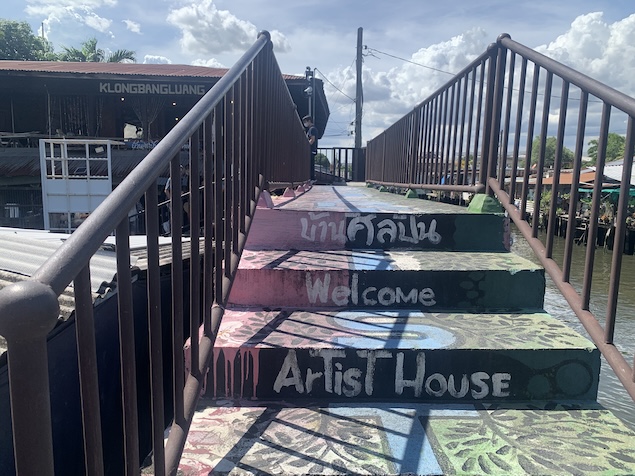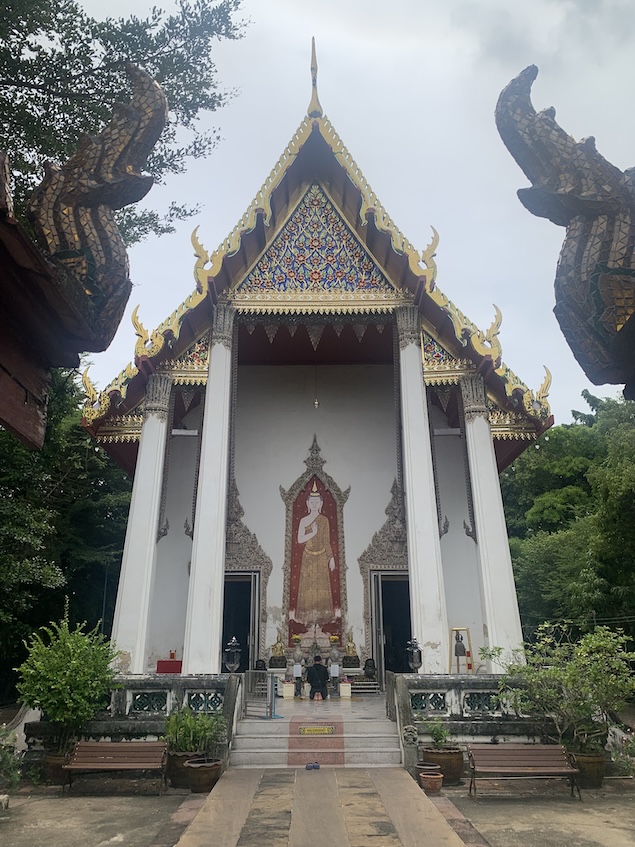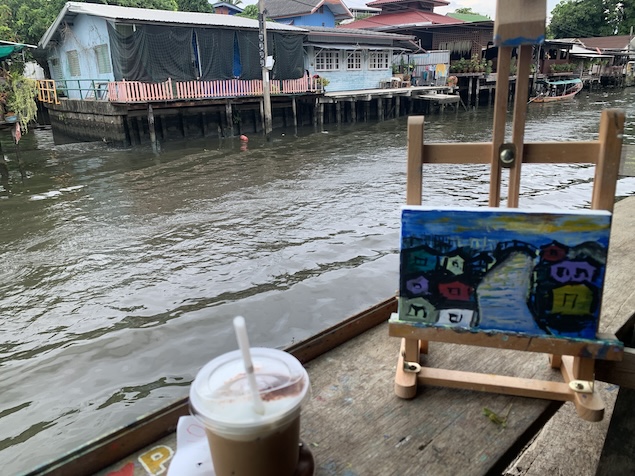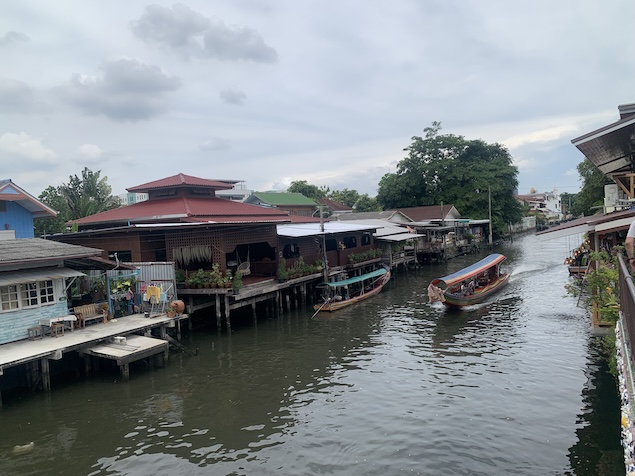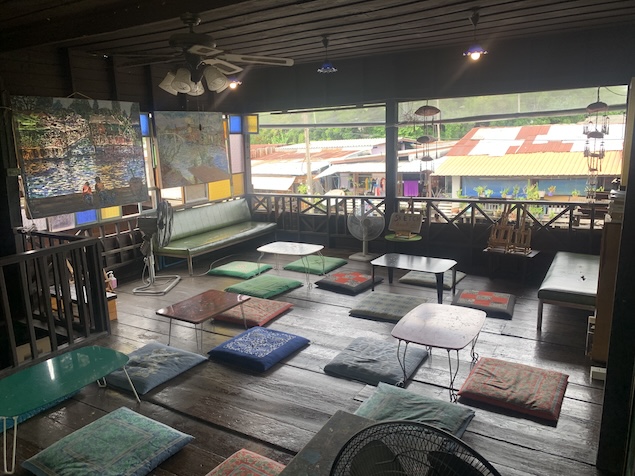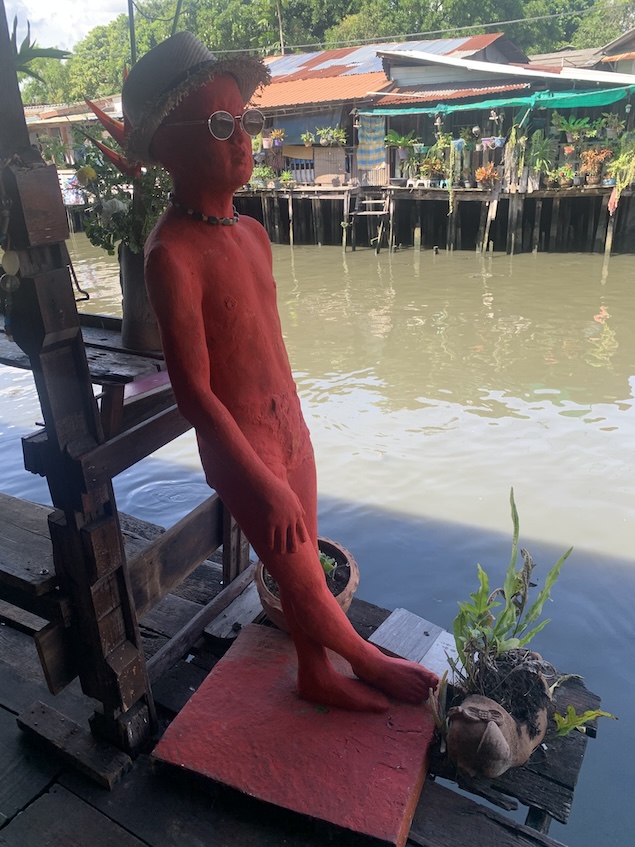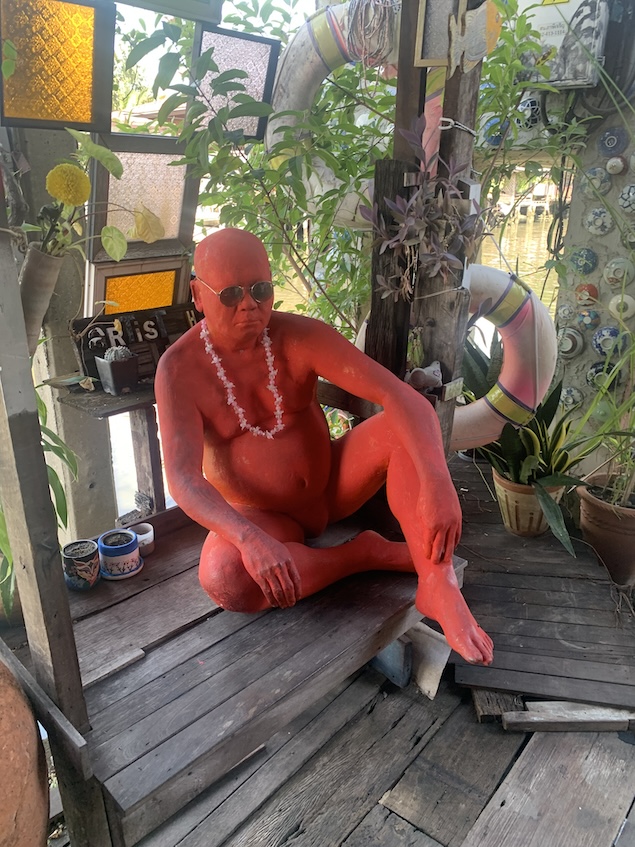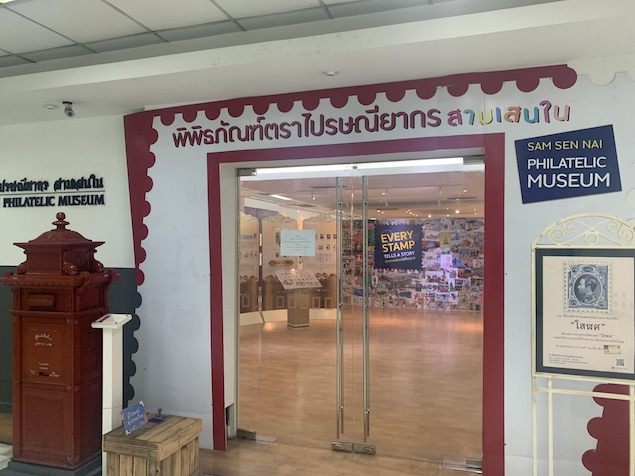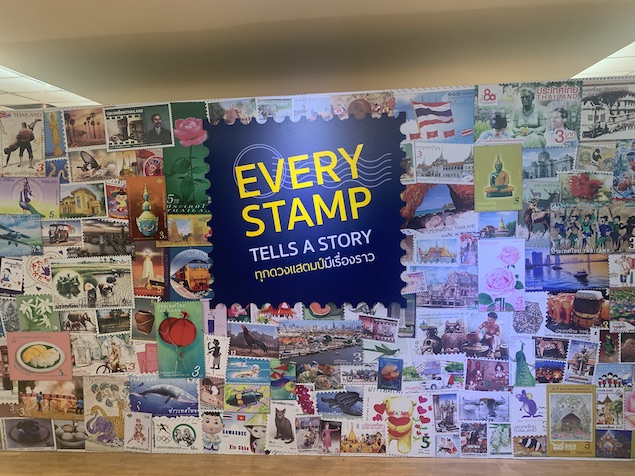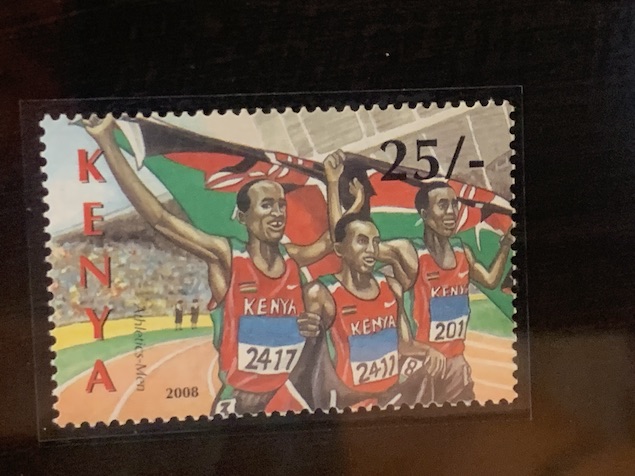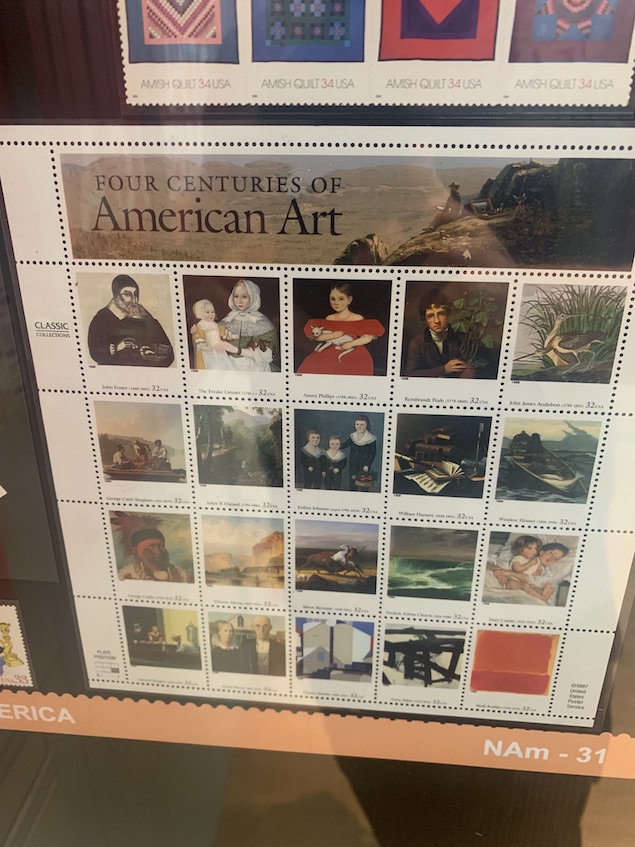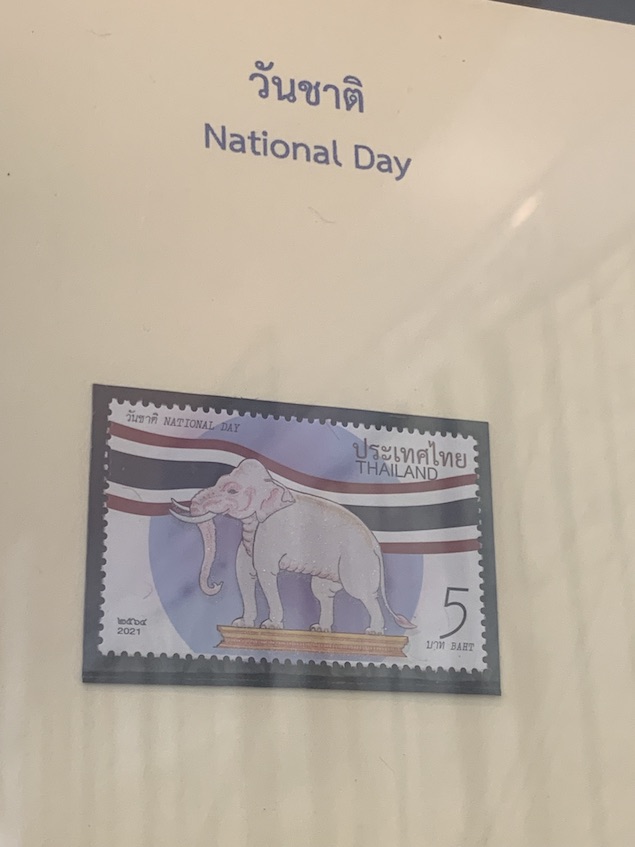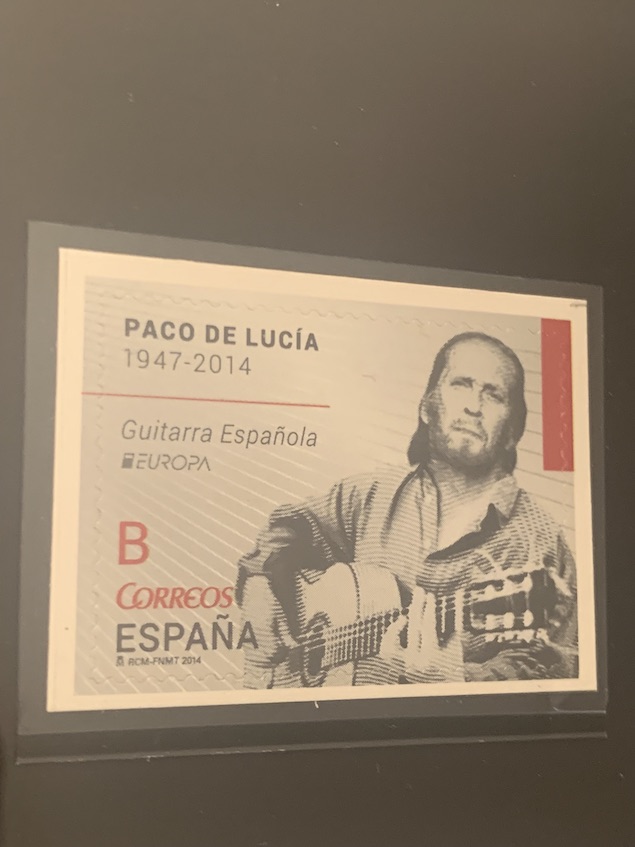Belem is probably the most visited neighborhood in Lisbon due to holding some amazing touristic treasures such as the Jeronimos Monastery, which is probably the number 1 sightseeing highlight of the Portuguese capital, or the archfamous Belem Tower.
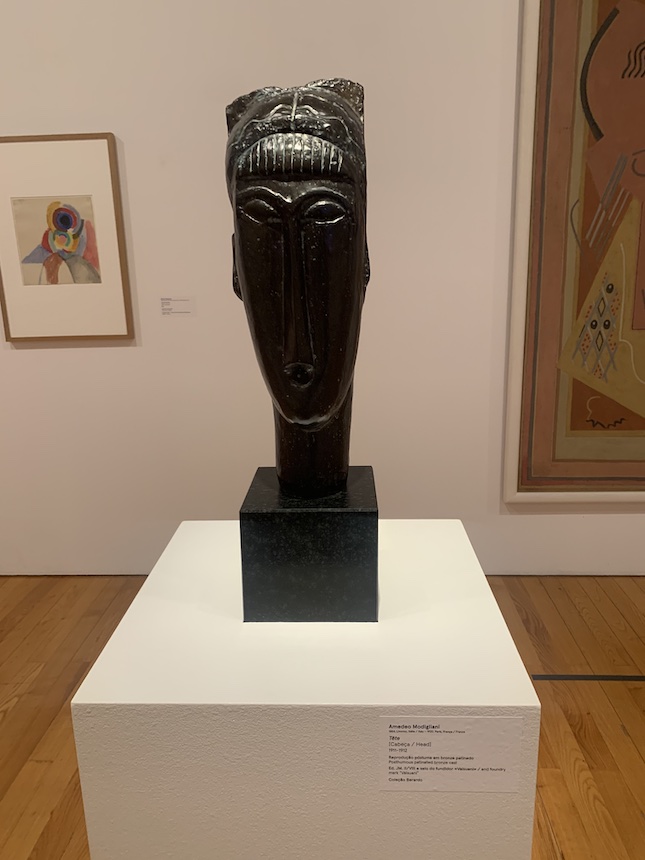
However, it might be unknown for many art and cultural lovers that a few steps away from the Jeronimos Monastery, inside the Cultural Centre of Belem, there is an amazing museum not very crowded and totally worthy a visit: The Museum of Contemporary Art of Lisbon MAC.
This Museum was actually known with a different name till 2023, The Berardo Collection, initiated by Jose Berardo, a Portuguese business man and obviously an avid art collector. Berardo unfortunately could not pay a huge debt to the Portuguese government, that seized his collection, and a part of it is exhibited today in the Museum.
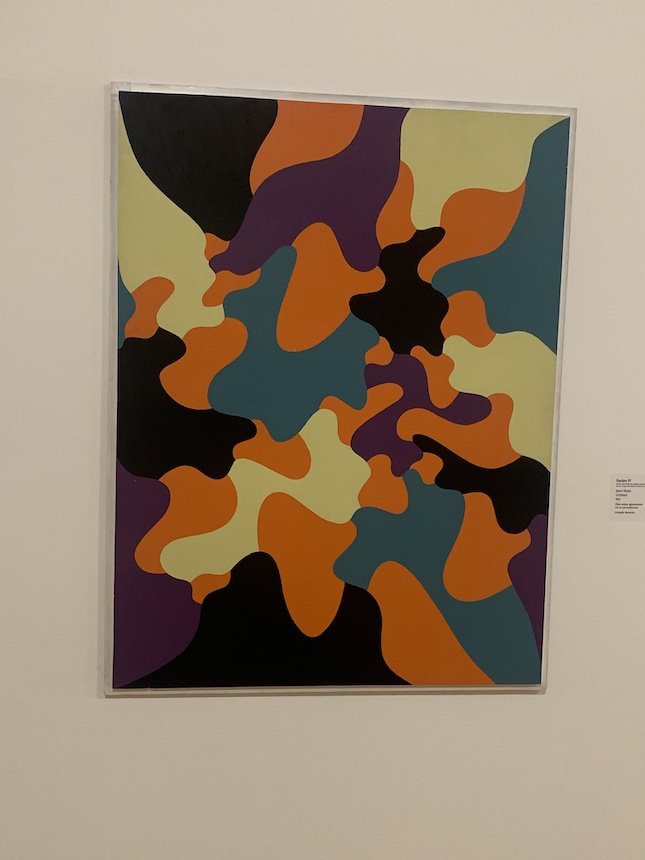
The ticket for entrance costs 15 euro which is not cheap but not a bad price for the quality of the exhibitions, and if you are a resident in Portugal, you can visit it for free on Sundays until 2pm.
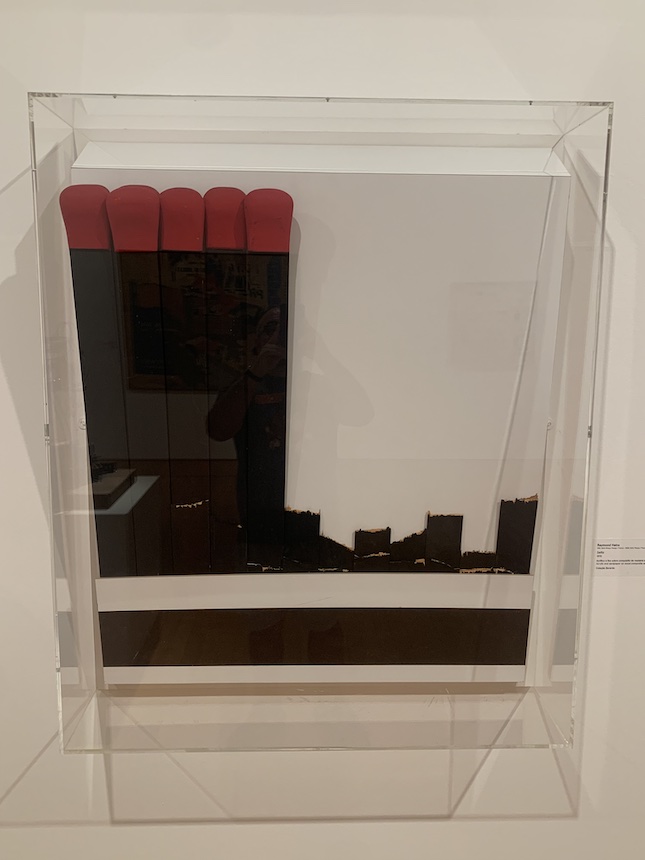
The staff at the museum is quite friendly and encourages you to do the tour from the upper floors to the lower floors in chronological order. Once you advance, you will find artworks from some of the most famous contemporary artists that belonged to movements such as minimalist, pop art, surrealism or cubism, such as Modigliani, Dali, Picasso, Pollock, Malevich, Andy Warhol or Roy Lichtenstein, to name a few.
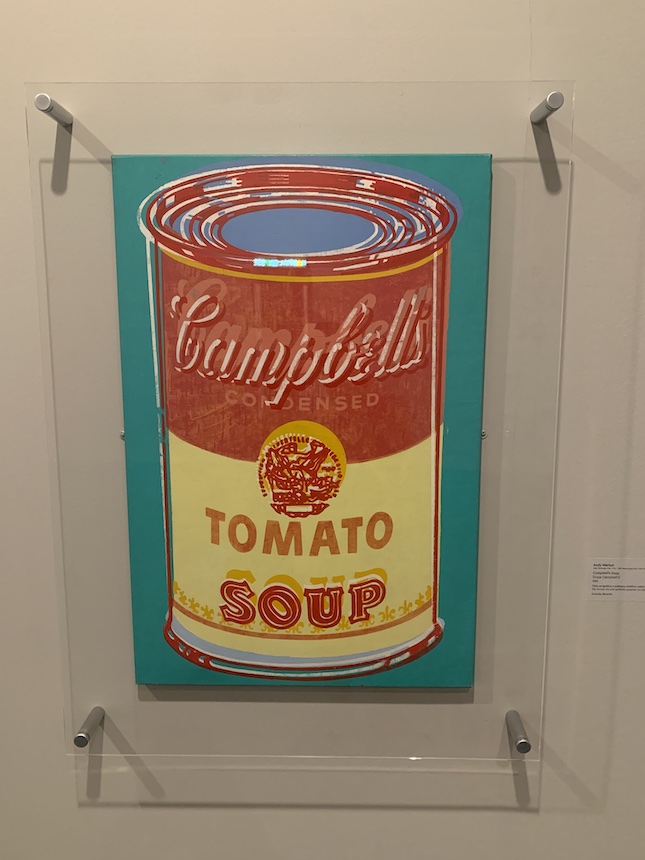
While the upper floors are more dedicated to paintings and some sculptures, the lower floors have some huge art installations, maybe too modern for my taste, but I enjoyed a lot some of the pop art rooms, specially the ones with works from Warhol and Lichtenstein.
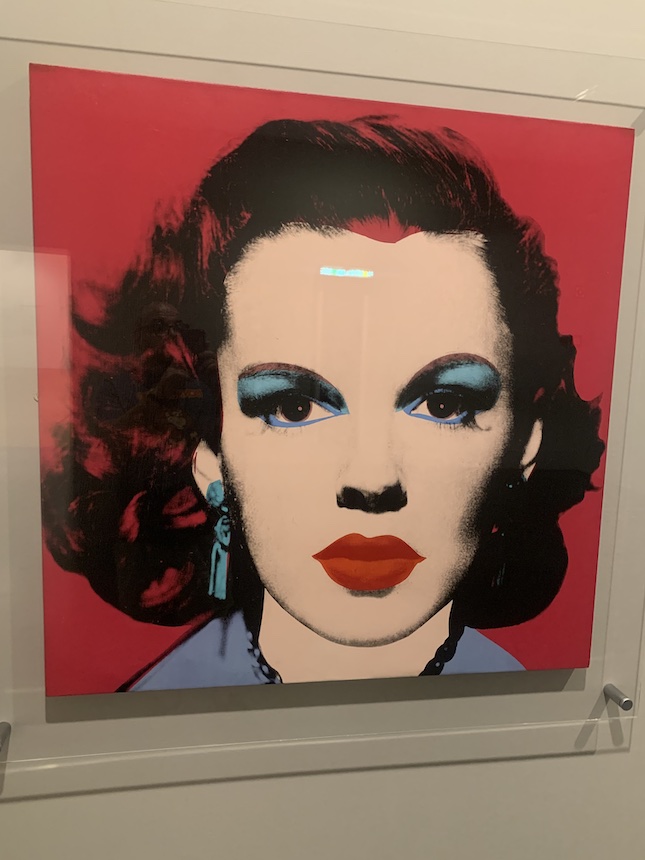
The day that I visited, there were only a few more people roaming around, so you can really enjoy the corridors in relatively peace, and when you finish the tour, the museum also counts with a very cosy cafe/shop, even having a nice outdoors terrace, so you can enjoy a snack or a coffee almost sighting directly the Jeronimos Monastery in a beautiful park where there are ducks wandering around. Pretty idillic.
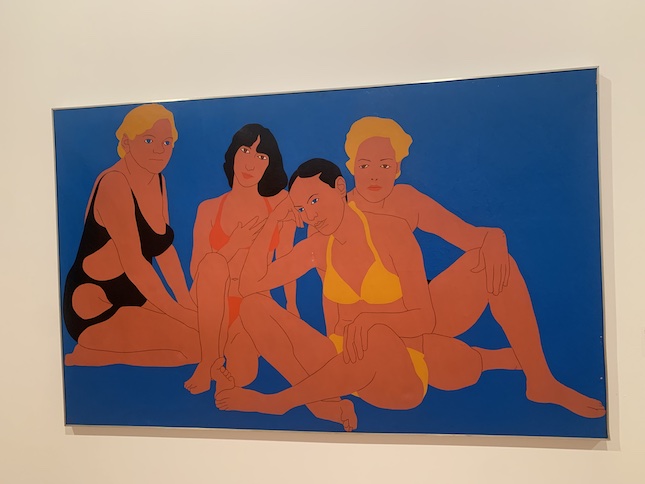
If you have enough time in Lisbon and you are an art enthusiasm, or you already visited the other main attractions, give it a try, although it does not have the fame of other museums in Lisbon such as MAAT, it is quite a hidden treasure to explore in Belem area!
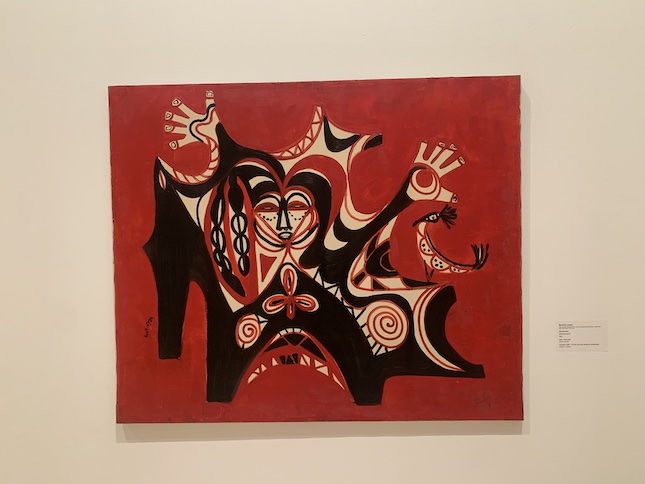
For other great places to visit in Lisbon, check:
https://www.freemagazine.fi/a-hidden-gem-in-lisbon-lisbon-city-museum-palacio-pimenta/
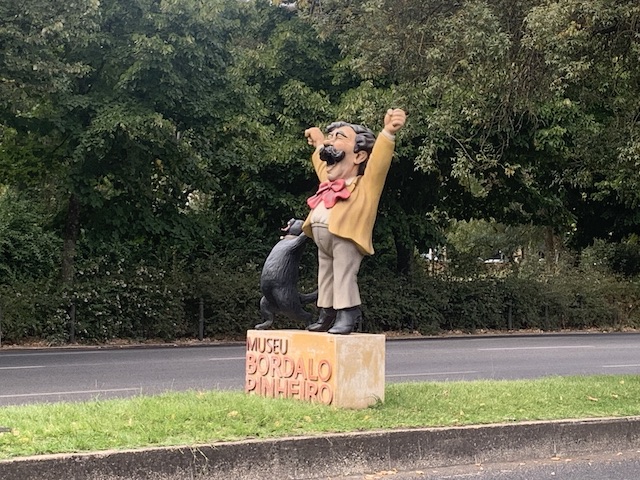
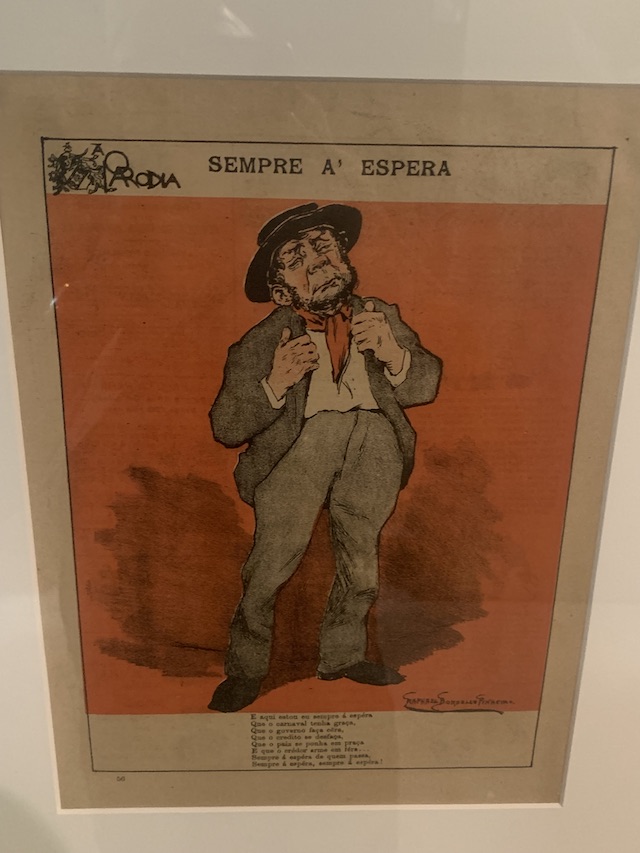
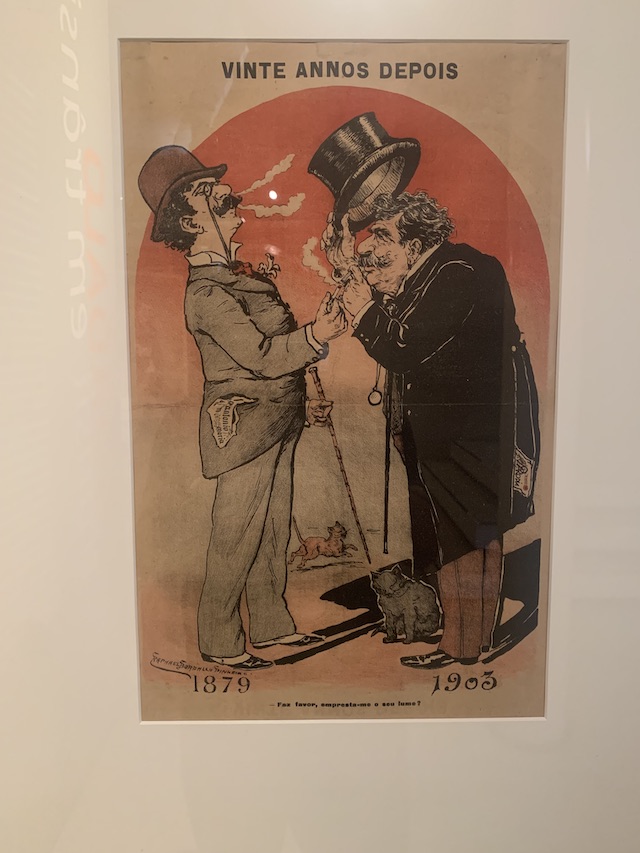
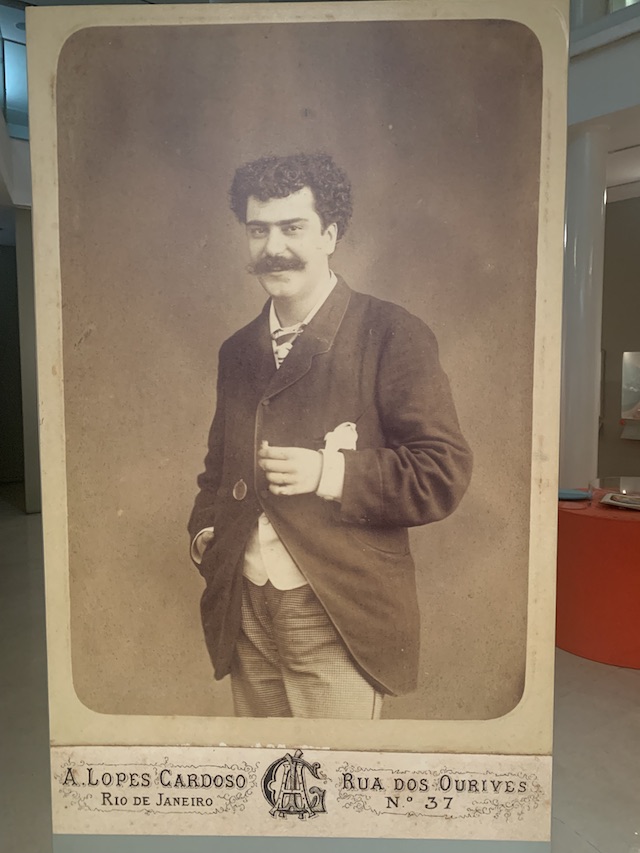
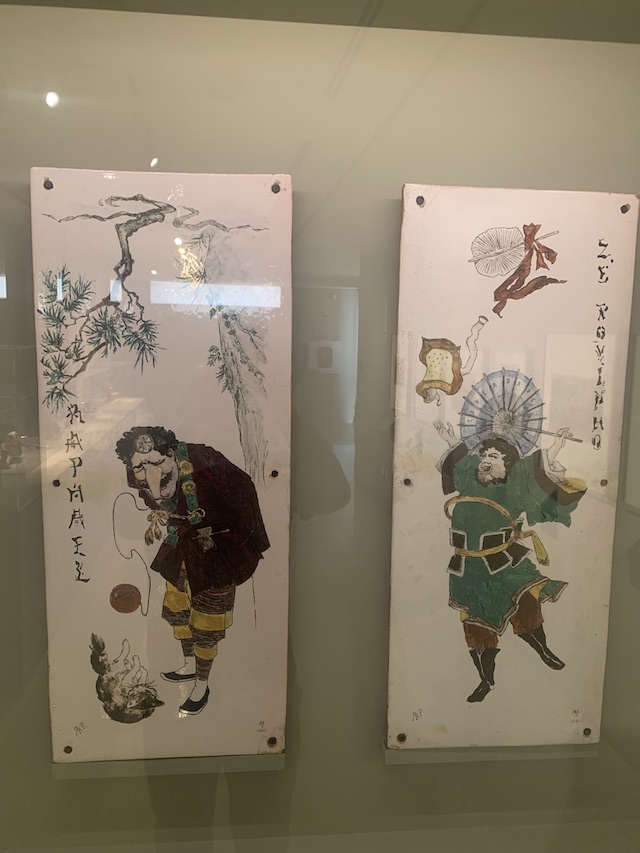
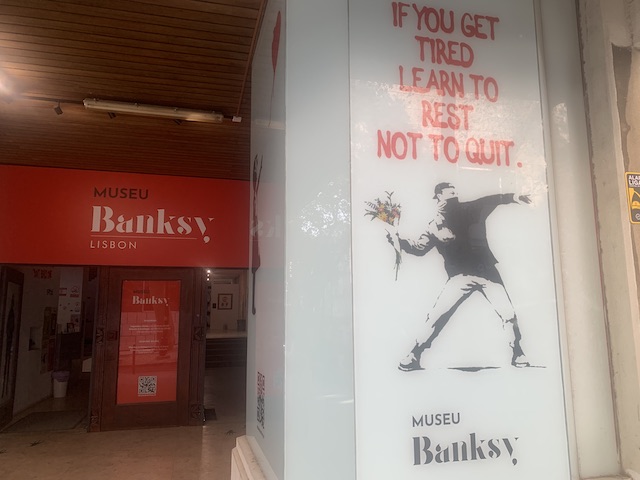
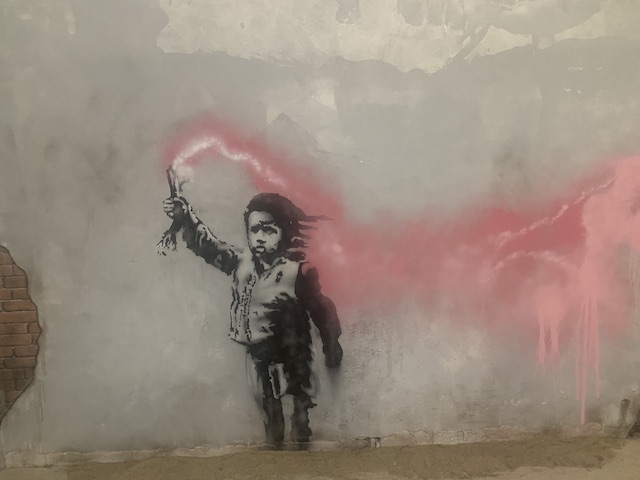
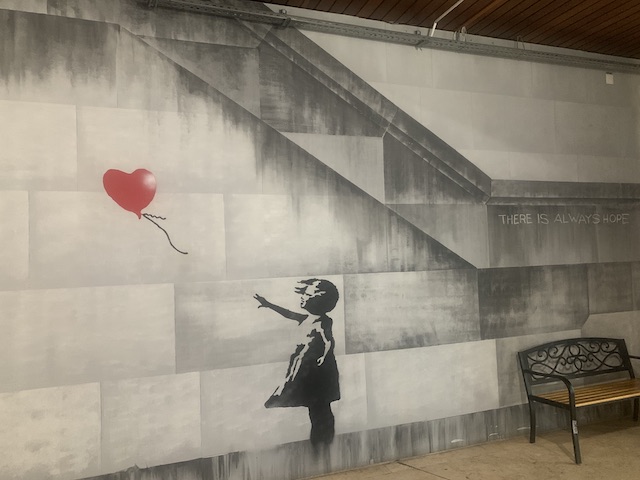
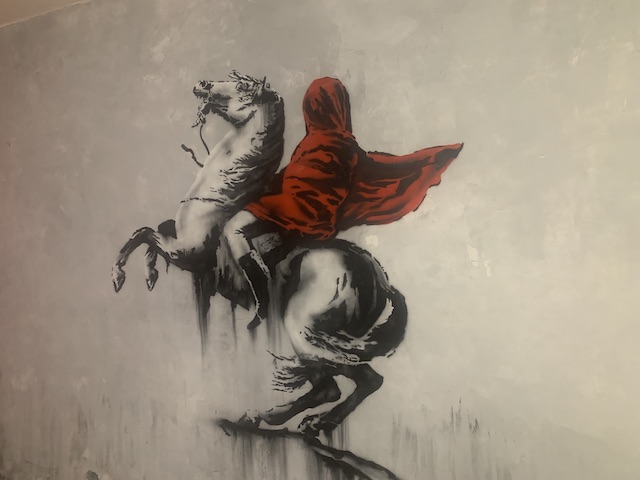
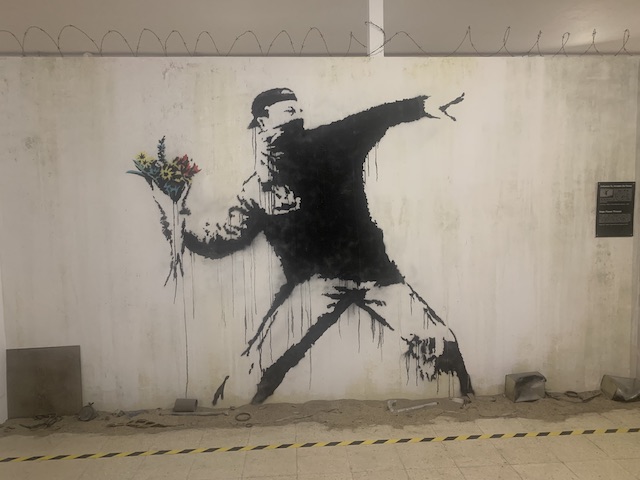
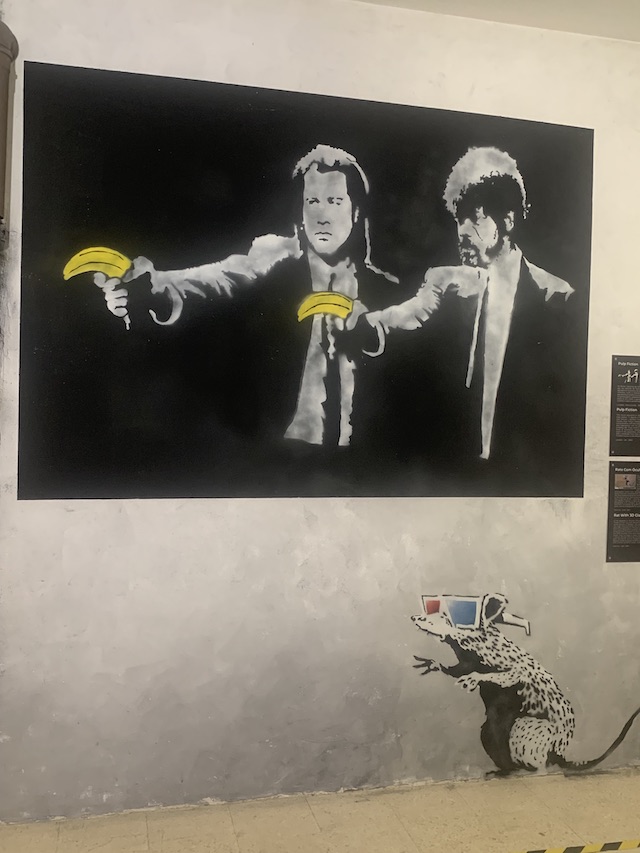
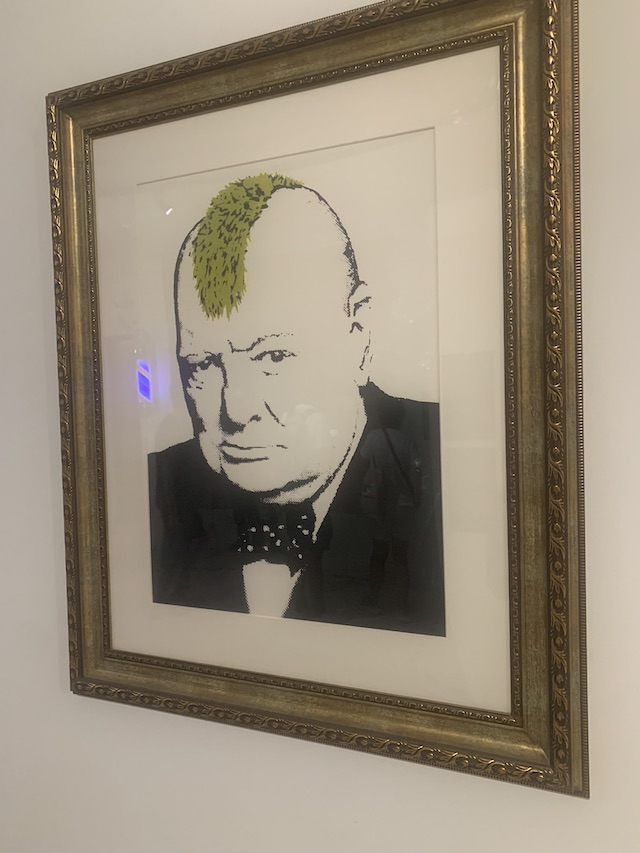
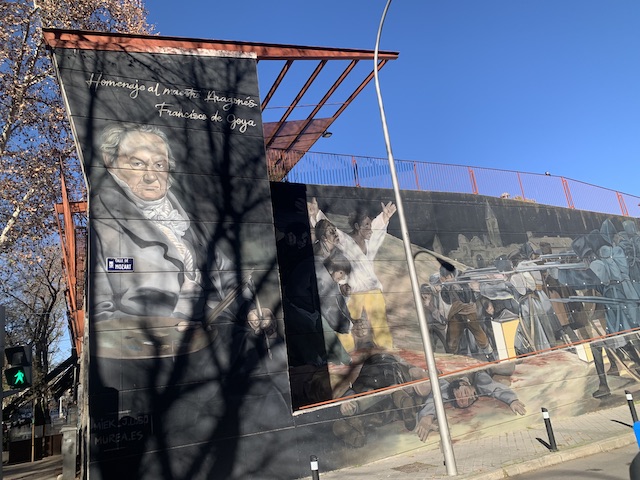
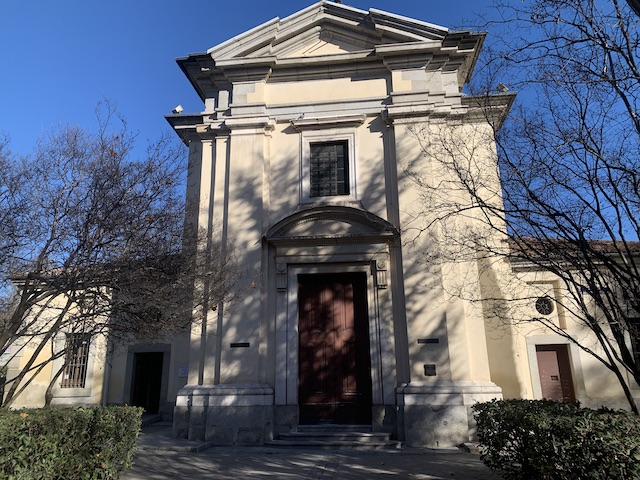
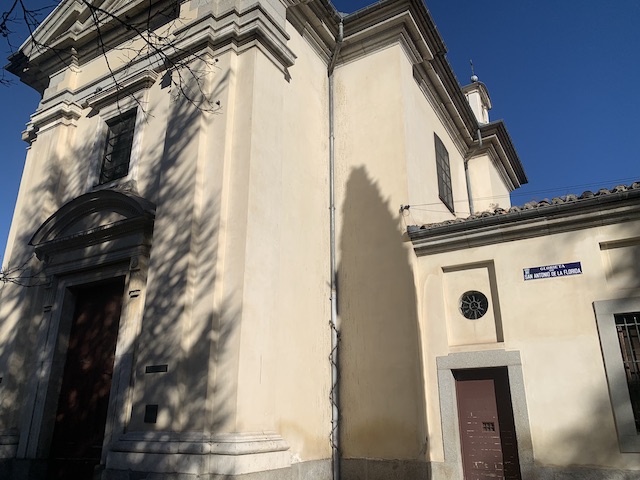
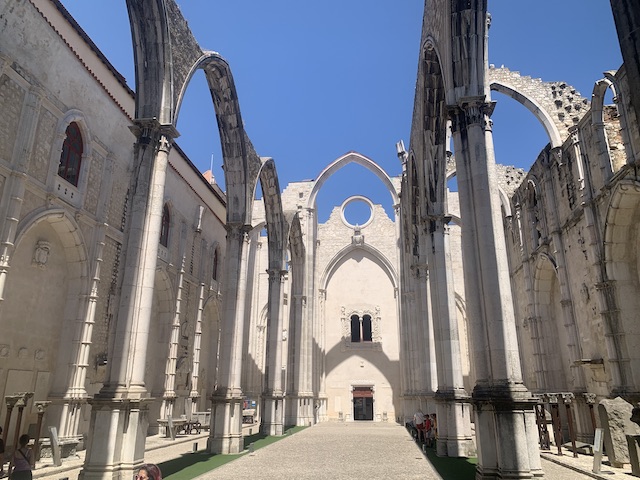
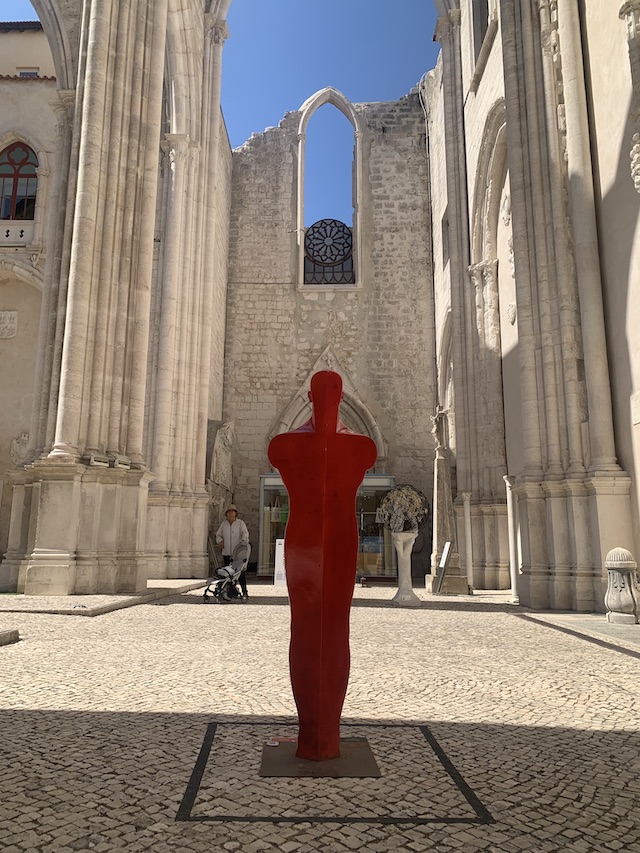
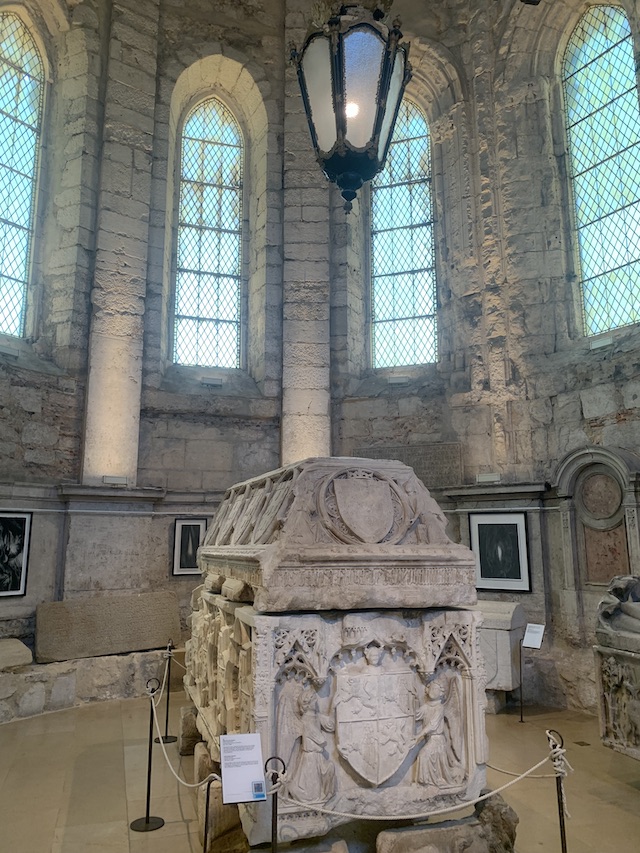
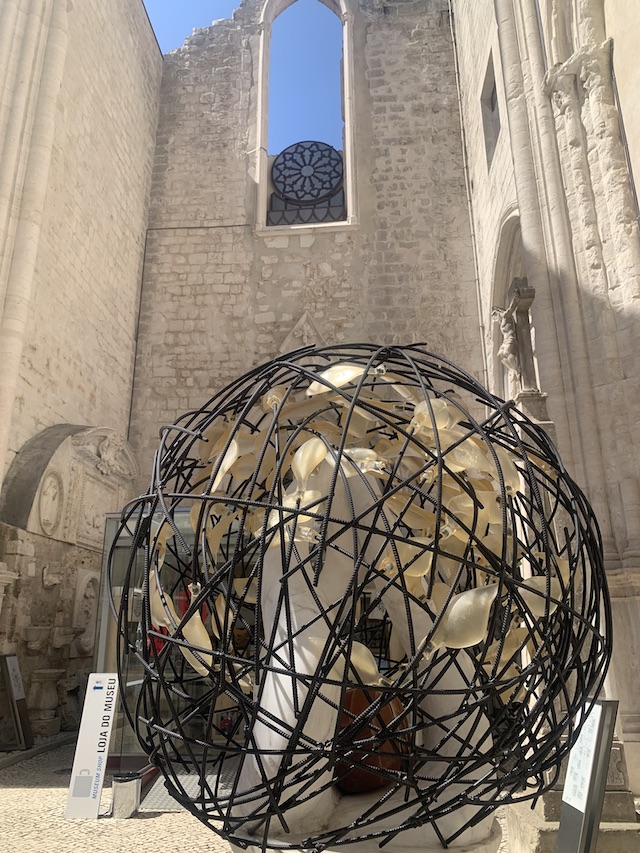
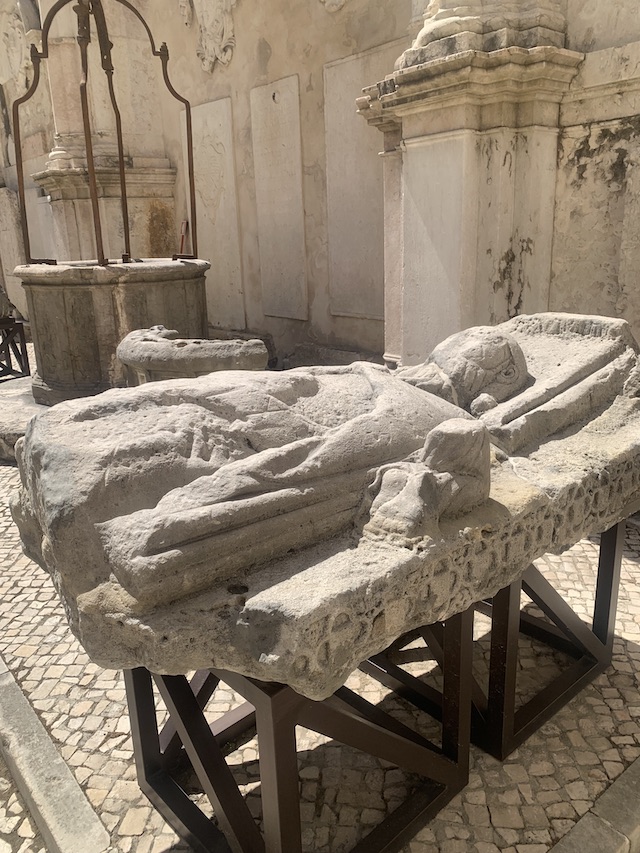






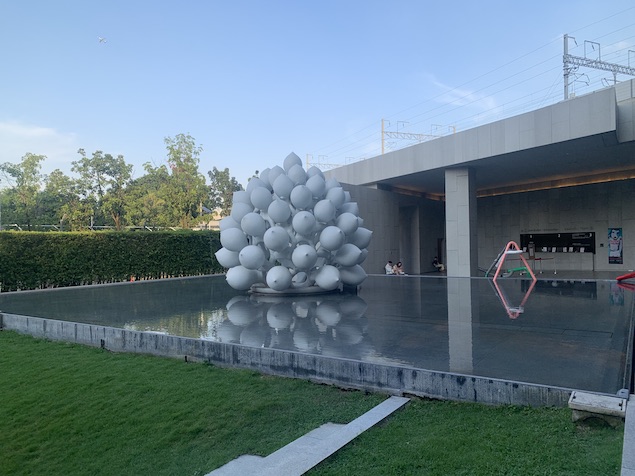
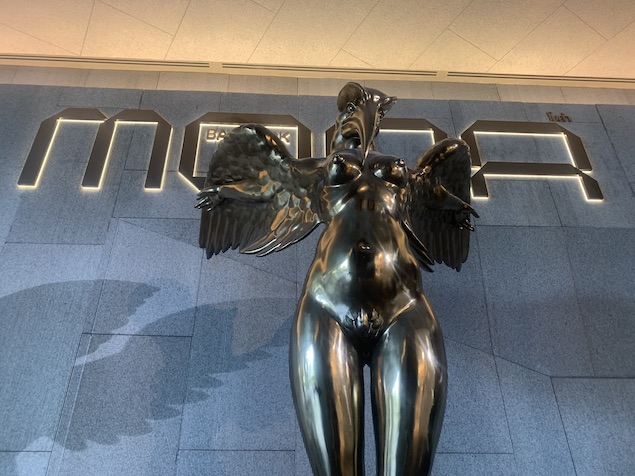
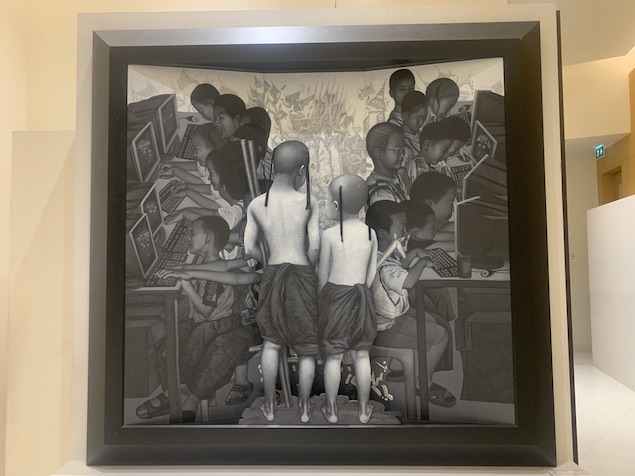
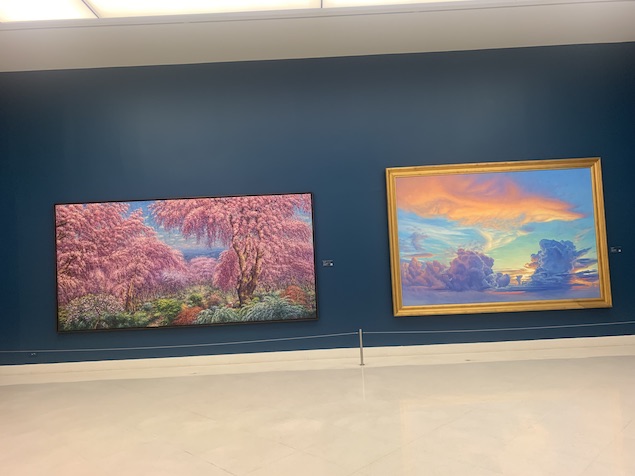
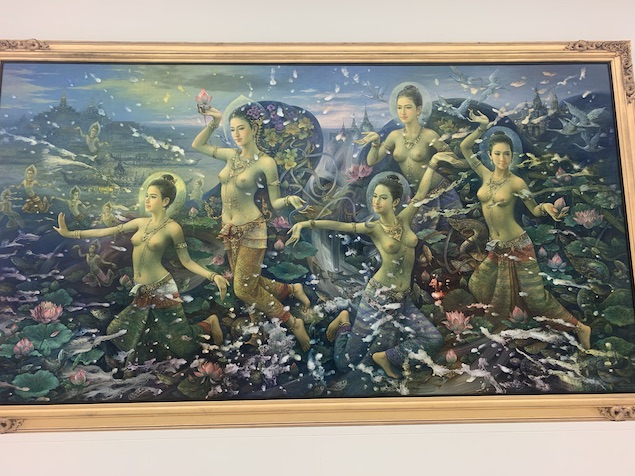
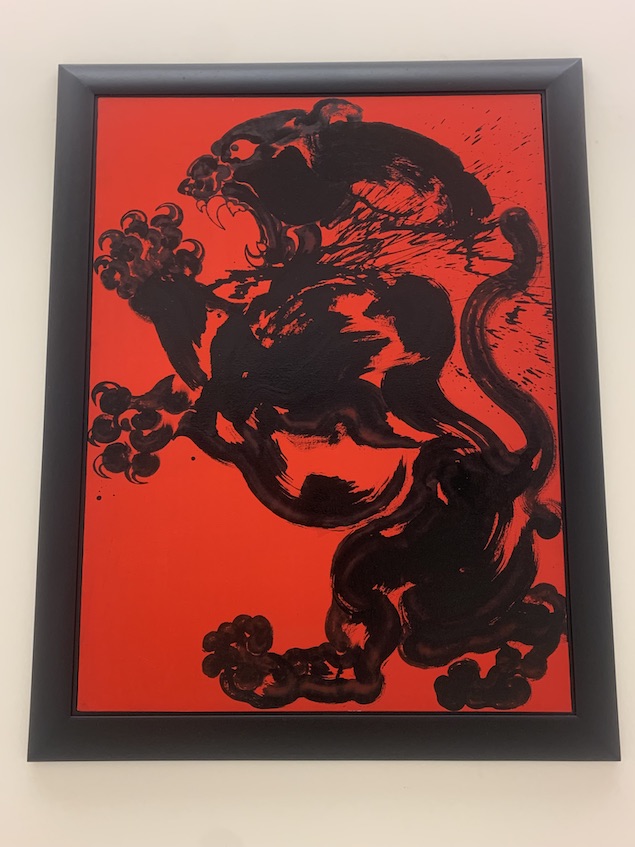
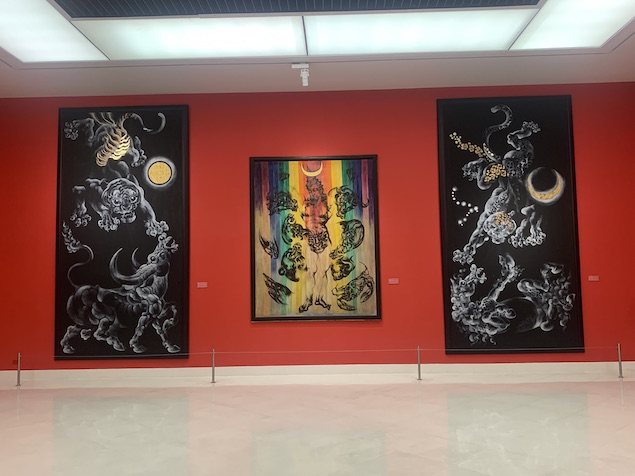






 Compagnie Hervé Koubi – Sol Invictus (© Mélanie Lhôte) & Reijo Kela – The Silent People (© Hannu Huttu)Grand performance will dazzle at the Arena
Compagnie Hervé Koubi – Sol Invictus (© Mélanie Lhôte) & Reijo Kela – The Silent People (© Hannu Huttu)Grand performance will dazzle at the Arena
 Elle Sofe Company (© Lars Opstad) & The Finnish National Opera and Ballet’s ballet school (© Roosa Oksaharju)Nordic expertise and family-friendly program
Elle Sofe Company (© Lars Opstad) & The Finnish National Opera and Ballet’s ballet school (© Roosa Oksaharju)Nordic expertise and family-friendly program 



